This sandstone formation along the shore of Lake Powell in the American Southwest, is an example of sand dune that has, over millions of years, hardened into stone, and which can be referred to as a petrified or frozen sand dune. The horizontal striations are layers of sand that were laid down by wind millions of years ago. The red color found in many sandstone formations is caused by iron oxide found in various amounts throughout the rock and is due to the same chemical reaction that causes rust. Sandstone originates from the breakdown of older rocks through various processes of erosion. The 300 kilometre-long Lake Powell is one of the largest man-made reservoirs in the world and provides water for 20 million people living in the drought-prone American Southwest. In addition to being a reservoir it is a mecca for recreational boaters. The reservoir fills Glen Canyon, a vast area that was once home to ancient Native Americans and where numerous archaeological sites are now submerged.
Details
WebID:
C01826949
Clip Type:
RM
Super High Res Size:
1920X1080
Duration:
00:23.0
Format:
QuickTime
Bit Rate:
30 fps
Available:
download
Comp:
200X112 (0.00 M)
Model Release:
NO
Property Release
No

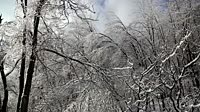
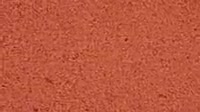
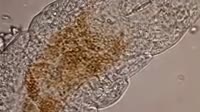
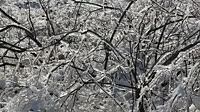

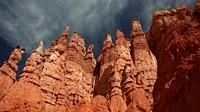
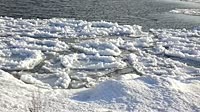

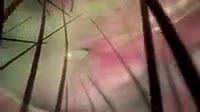
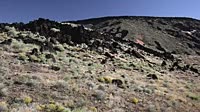
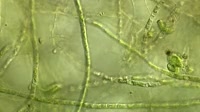
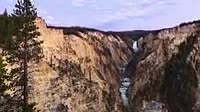
 Loading
Loading